Exploratory research report finds aquafeed potential in Ghana, Kenya, Nigeria, Uganda, Zambia and Zimbabwe
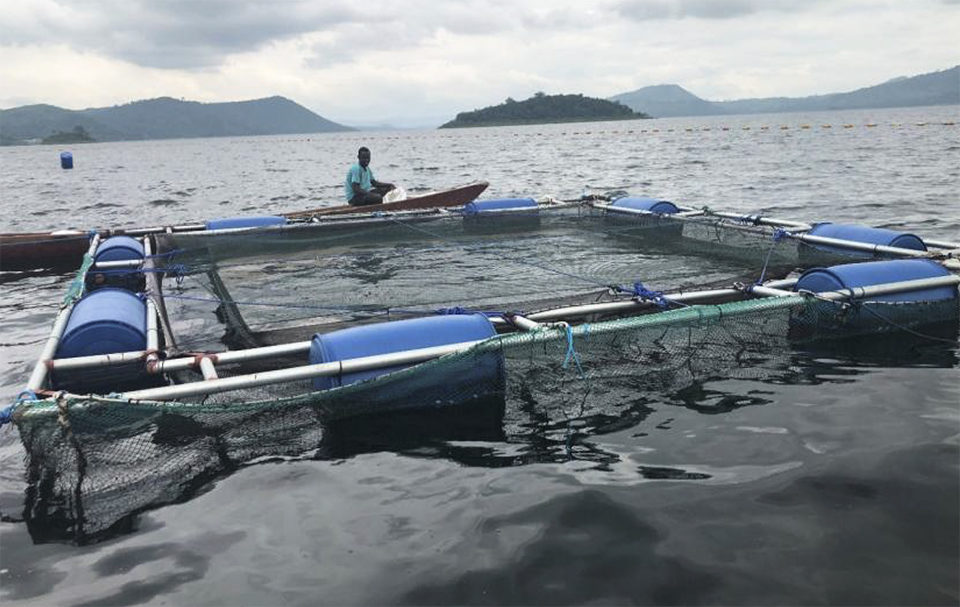
A report from the U.S. Soybean Export Council exploring opportunities for U.S. soybean exporters in sub-Saharan Africa (SSA) identified 13 countries in the region at the “forefront” of aquaculture development as potential target markets.
According to USSEC, which gave the Advocate an exclusive preview before making the report public, two species dominate aquaculture production in the region: Nile tilapia (Oreochromis niloticus) and African catfish (Clarias gariepinus), both of which perform well on soy products. SSA production of these fish increased tenfold from 2000 to 2016, according to statistics from the Food and Agriculture Organization of the United Nations (FAO), but is now poised for even greater gains, with USSEC projecting a 10 percent annual growth rate. By 2023, aquaculture output for the entire region will exceed 800,000 metric tons (MT), the group predicts, with the majority of growth from the expansion and intensification of small-scale producers and the development of commercial tilapia farming in the region’s lakes.
“There is little doubt that the climate, water and land, labor resources and a high demand for fish underscores that Africa holds much potential for aquaculture growth,” the 285-page report concluded. Challenges to this ascent include a lack of access to capital, poor-quality seed and feed, low knowledge base, transport and logistics constraints and political instability.
“Africa in general has long had ‘potential’ for aquaculture, with abundant natural resources to do so and an inherent possible demand for farmed seafood, both in the region and for export,” said Lukas Manomaitis, USSEC’s aquaculture program technical contractor and Southeast Asian technical director, was the project manager. “It seems now that the industry is truly growing and starting to show some life.”
https://www.aquaculturealliance.org/advocate/aquaculture-exchange-lukas-manomaitis-ussec/
Two tiers
USSEC divided all SSA countries into two separate categories, with Ghana, Kenya, Nigeria, Uganda, Zambia and Zimbabwe rising above the others. Nigeria is the region’s clear leader in aquaculture production, with about 340,000 metric tons (MT) of annual output, catfish representing 95 percent of the total. Its domestic market – there are 195.9 million people in Nigeria, with a $408.6 GDP – is a strong support for the country’s catfish producers, but the industry there is lacking in modern technologies and struggles to make a profit, the report said. Despite these challenges, USSEC expects Nigeria’s aquaculture output to increase substantially, to 600,000 MT, in just four years.
Kenya, the fifth-ranked SSA country in terms of production (14,800 MT in 2017, 67 percent of which is tilapia), is on the eastern coast of the African continent and has identified potential sites for ocean-based net pen fish farms. Mozambique, according to the report, has zoned about 15,000 hectares for cage aquaculture.
Up-and-coming Zambia, a country with just 16.6 million people and $26.2 billion in GDP, offers a fast-growing industry with abundant freshwater resources like Lake Kariba, which USSEC says has “significant” potential to increase production, mainly tilapia in cages. Overall production there is forecasted to increase from 26,800 metric tons (MT) in 2017 (99 percent of it tilapia) to 40,000 MT in 2023.
Two factors will determine whether the region can significantly increase its aquaculture output. First is the addition of more feed mills, which is already happening, said Manomaitis, giving growers not only access but knowledge in how to administer feeds. The second is whether producers in the area can improve their efforts in disease prevention.
“Whether they were the proximate cause of the more rapid movement or not, the Chinese influence in the region cannot be understated, whether in the seafood sector through imports, building of infrastructure and by showing local industry that industrial scale feed mills and farms can succeed in SSA,” said Manomaitis.
The report evaluated each country’s aquafeed demand, supply and regulations; their potential for growth in both feed production and fish output; as well as the most problematic factors for doing business in each country.
Other Tier 1 countries include Ghana (37,020 MT of production in 2017, 95 percent tilapia); Uganda (18,000 MT, 90 percent tilapia) and Zimbabwe (6,340 MT, 99 percent tilapia).
Tier 2 countries, according to USSEC, include Tanzania (3,400 MT of production in 2017, 80 percent of it tilapia), Democratic Republic of Congo (3,000 MT, 95 percent tilapia), Malawi (2,200 MT, 99 percent tilapia), Cameroon (1,900 MT, 52 percent catfish), Mozambique (1,464 MT, 95 percent tilapia), Angola (1,339 MT, 92 percent tilapia) and Senegal (1,011 MT, 50 percent mussels). Coastal states Mozambique and Tanzania have potential for black tiger shrimp (Penaeus monodon) farming, as well as for subtropical finfish species like meagre, grouper and snapper.
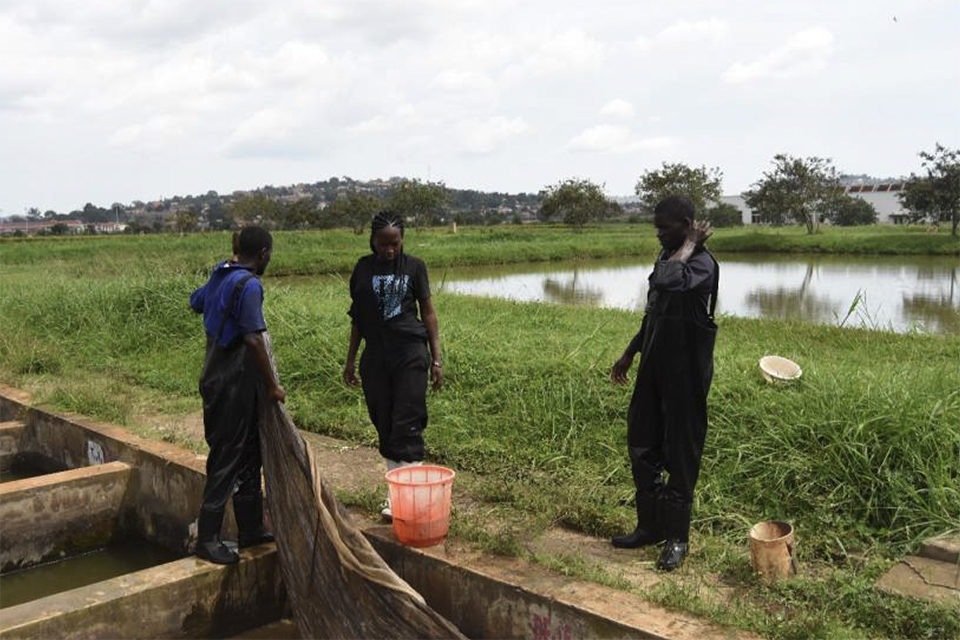
Other challenges
Outside of Nigeria, however, the SSA region is marked by mostly government-funded and subsidized small-scale operations with “poor economies of scale” and “poor farm designs.” Despite local enthusiasm for aquaculture, the report said, there is limited management capacity and limited sustainability best practices. Other threats to aquaculture’s growth in the region include frequent droughts, high energy costs, high feed costs and poor feed quality, poor fingerling quality and an overall lack of technical expertise and support services. But the domestic markets are strong, with “a significant supply-demand gap,” the report stated.
“Just as all nations using aquaculture outside of Africa are not the same, the nations in SSA are very different. This report tries to identify some of the key differences and the ability of some nations to more quickly develop compared to others,” said Manomaitis. “Some nations have seen the value of aquaculture expansion, and in particular we have seen medium- to large-scale production operations develop in those nations. Other nations have governmental, institutional or practical constraints that will hamper or not allow similar growth. This should be expected, but overall the future of aquaculture in SSA seems to be, finally, moving forward.”
The authors of the report were Lourens de Wet, Etienne Hinrichsen and Gert le Roux. For a copy, e-mail aquaafrica@ussec.org, and include your name, company or organization and contact information.
Follow the Advocate on Twitter @GAA_Advocate
Now that you've reached the end of the article ...
… please consider supporting GSA’s mission to advance responsible seafood practices through education, advocacy and third-party assurances. The Advocate aims to document the evolution of responsible seafood practices and share the expansive knowledge of our vast network of contributors.
By becoming a Global Seafood Alliance member, you’re ensuring that all of the pre-competitive work we do through member benefits, resources and events can continue. Individual membership costs just $50 a year.
Not a GSA member? Join us.
Author
-

James Wright
Editorial Manager
Global Aquaculture Alliance
Portsmouth, NH, USA[103,114,111,46,101,99,110,97,105,108,108,97,101,114,117,116,108,117,99,97,117,113,97,64,116,104,103,105,114,119,46,115,101,109,97,106]
Tagged With
Related Posts

Health & Welfare
10 paths to low productivity and profitability with tilapia in sub-Saharan Africa
Tilapia culture in sub-Saharan Africa suffers from low productivity and profitability. A comprehensive management approach is needed to address the root causes.
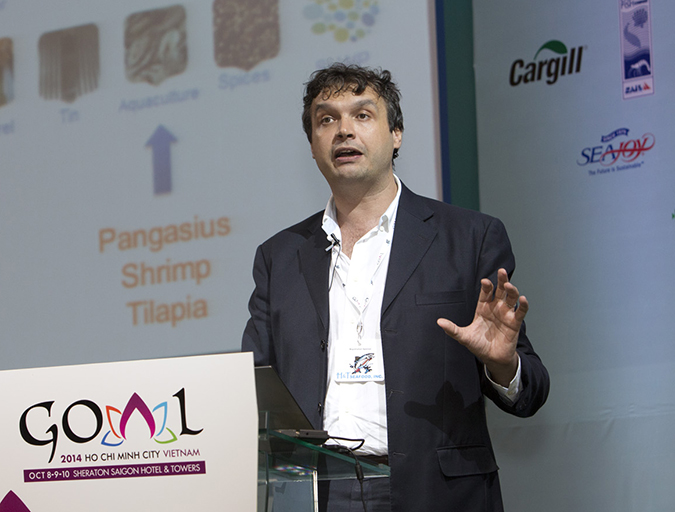
Innovation & Investment
Aquaculture Exchange: Flavio Corsin, IDH
IDH Vietnam Manager Flavio Corsin speaks passionately about the importance of controlling disease and getting all stakeholders to put competition aside and pull on the same end of the rope. Improvement initiatives for pangasius, shrimp and tilapia are among the Dutch sustainable trade organization’s priorities.
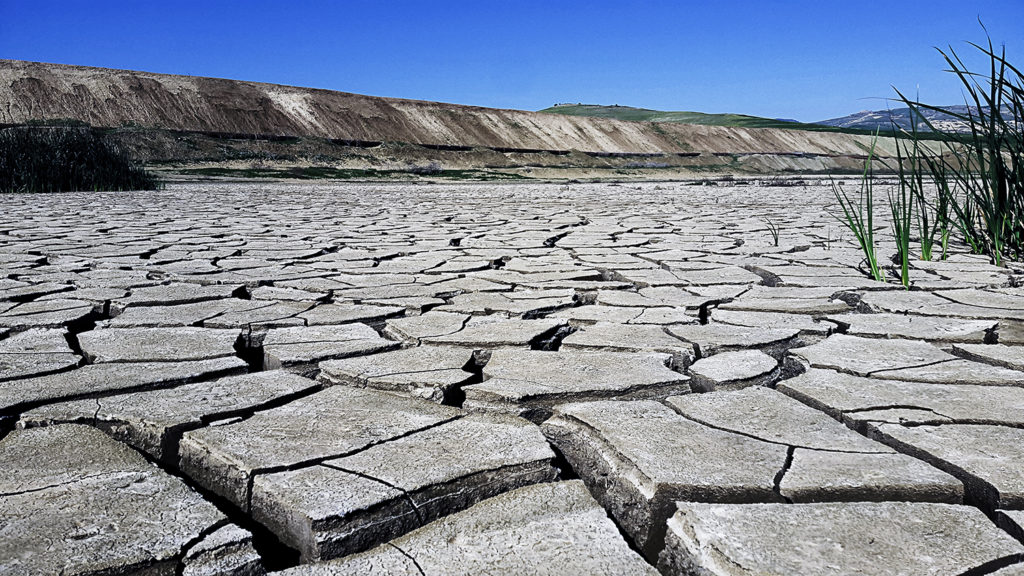
Responsibility
Climate change likely already affecting global food production
Study of potential impact of observed climate change on the yields of 10 global crops show a likely 1 percent average reduction in consumable food calories.
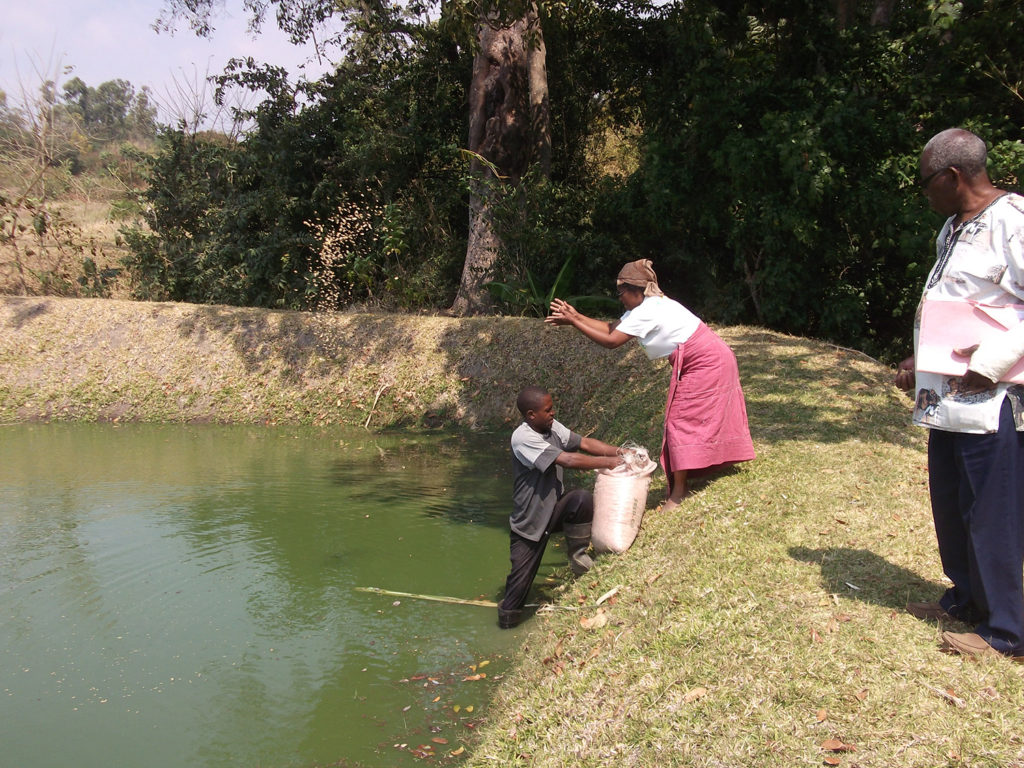
Innovation & Investment
Investing in Africa’s aquaculture future, part 1
What is the future that Africa wants? Views on how to grow aquaculture on the continent vary widely, but no one disputes the notion that food security, food safety, income generation and job creation all stand to benefit.

